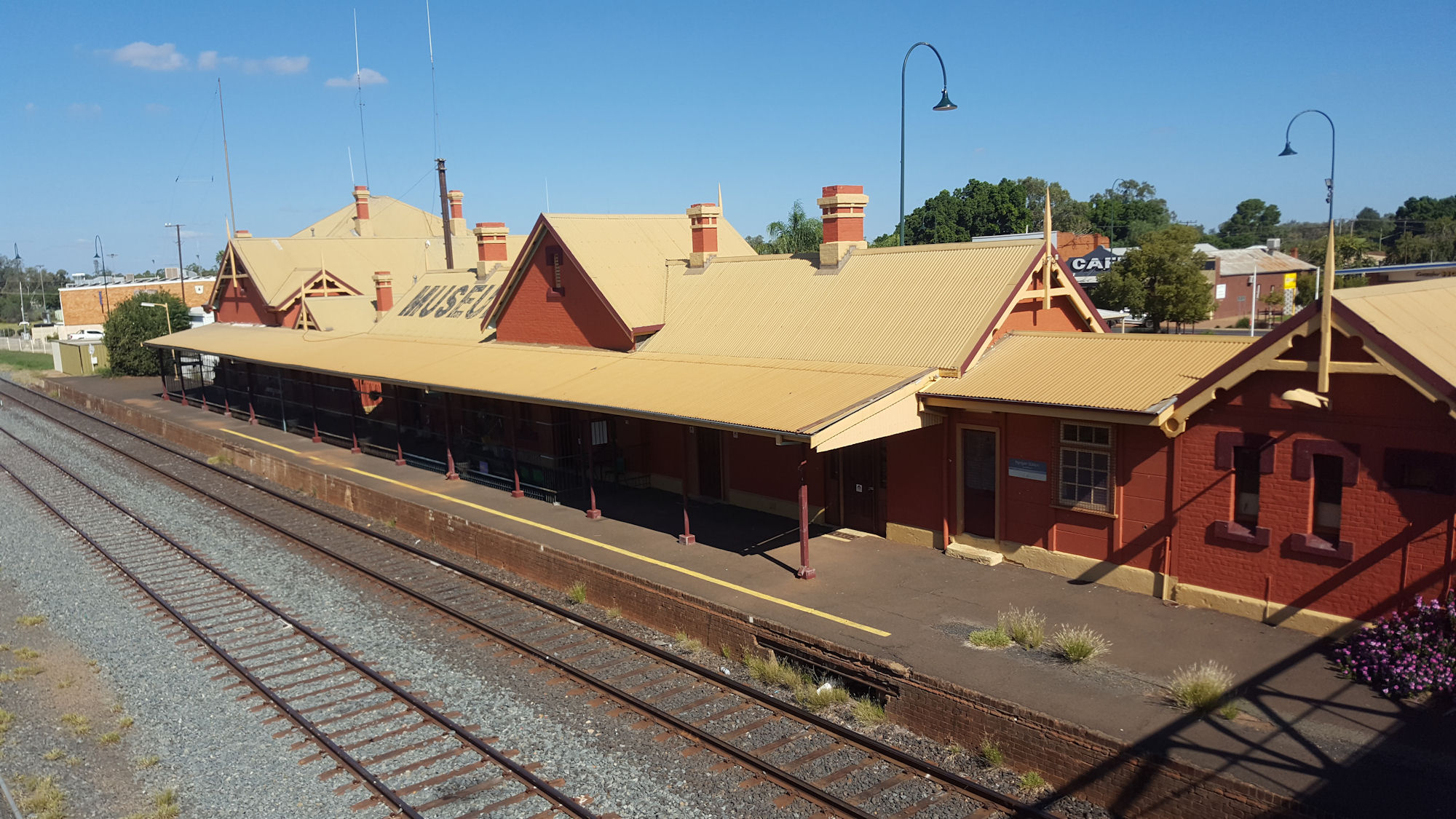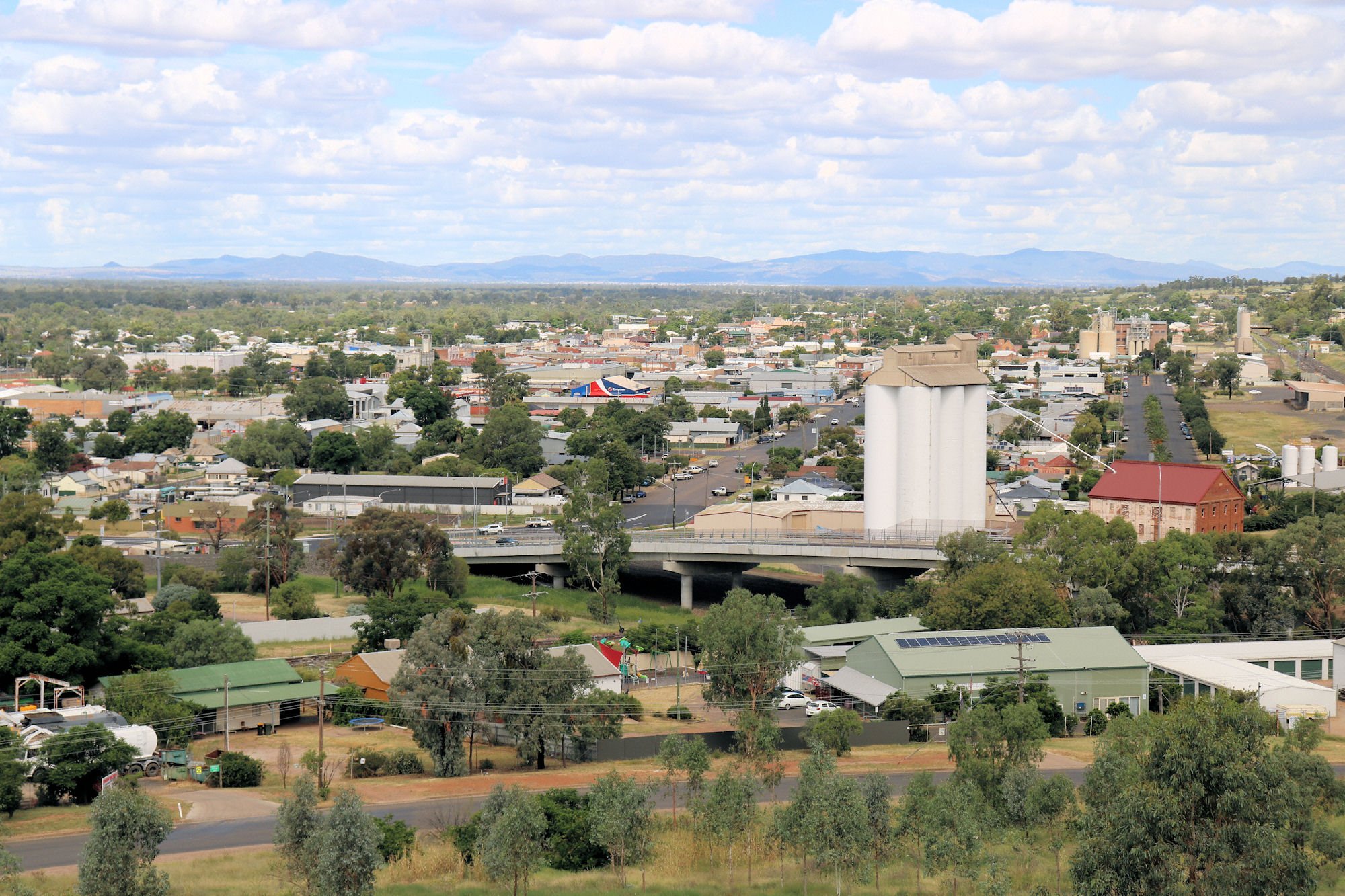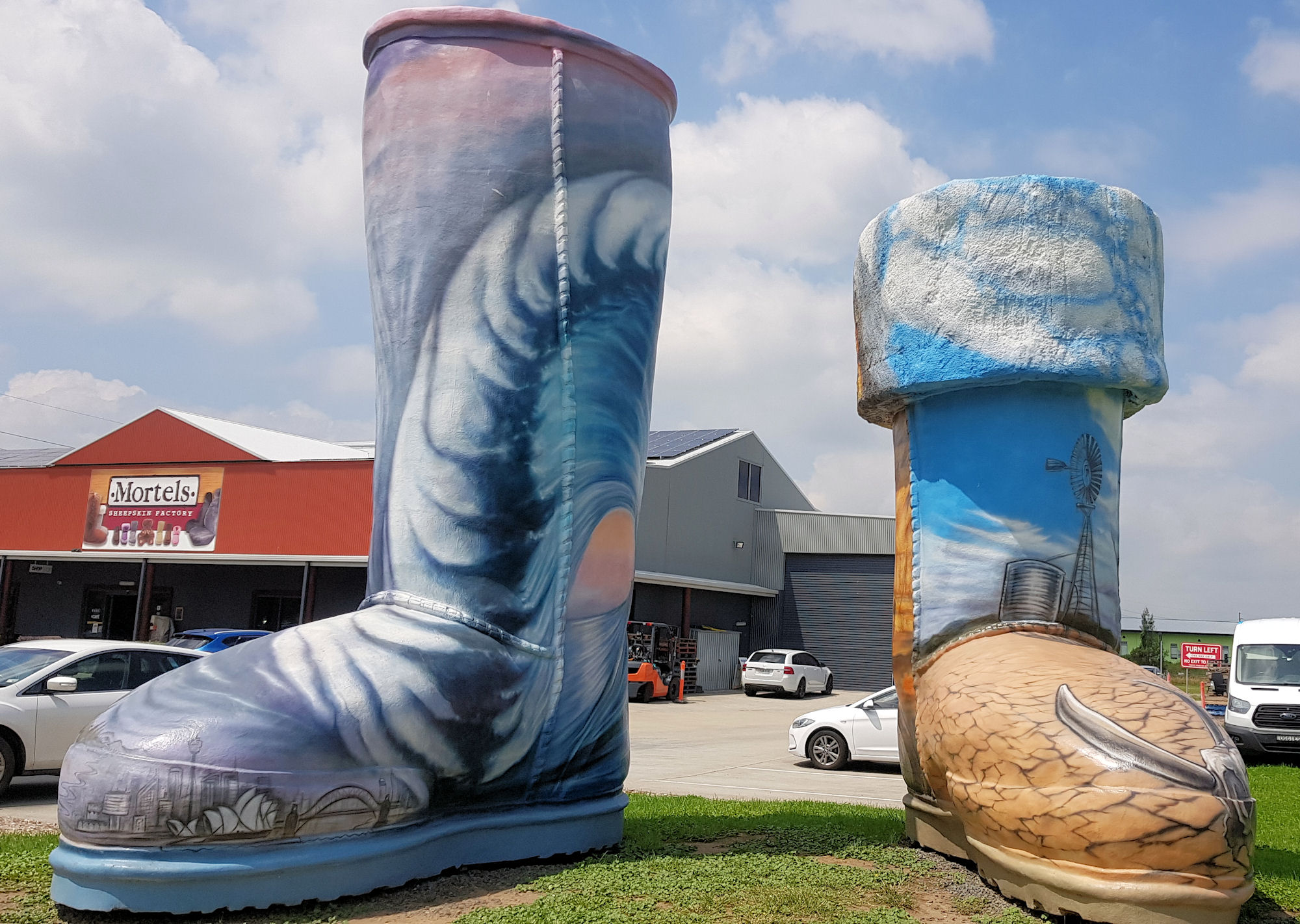Category: Street Art
-
Nyngan and the Big Bogan

Nyngan Located in the Orana Region of central New South Wales, Nyngan is the home of the Big Bogan, a helicopter memorial and several interesting museums. This was our second stop on a road trip out west and our first overnight stop. Like many outback towns. there is a nice sign welcoming you to town,… Read more
-
Gunnedah New South Wales

Gunnedah New South Wales Town History Located on the north west slopes of New South Wales, Gunnedah has a long history of habitation by the Kamilaroi people. The town’s name means Place of White Stones in the Kamilaroi language. Within 45 years Colonial settlers arrived in the area in 1833, taking advantage of the Patrick… Read more
-
Mortels Sheepskin Factory Beresfield

Mortels Sheepskin Factory Located in Beresfield, New South Wales, Mortels Sheepskin Factory not only sells you their products, but teaches how they are made and the history of sheepskin in Australia. Unfortunately shut during our visit, we were unable to view the factory, but we did tour the museum and see the giant Ugg boots.… Read more